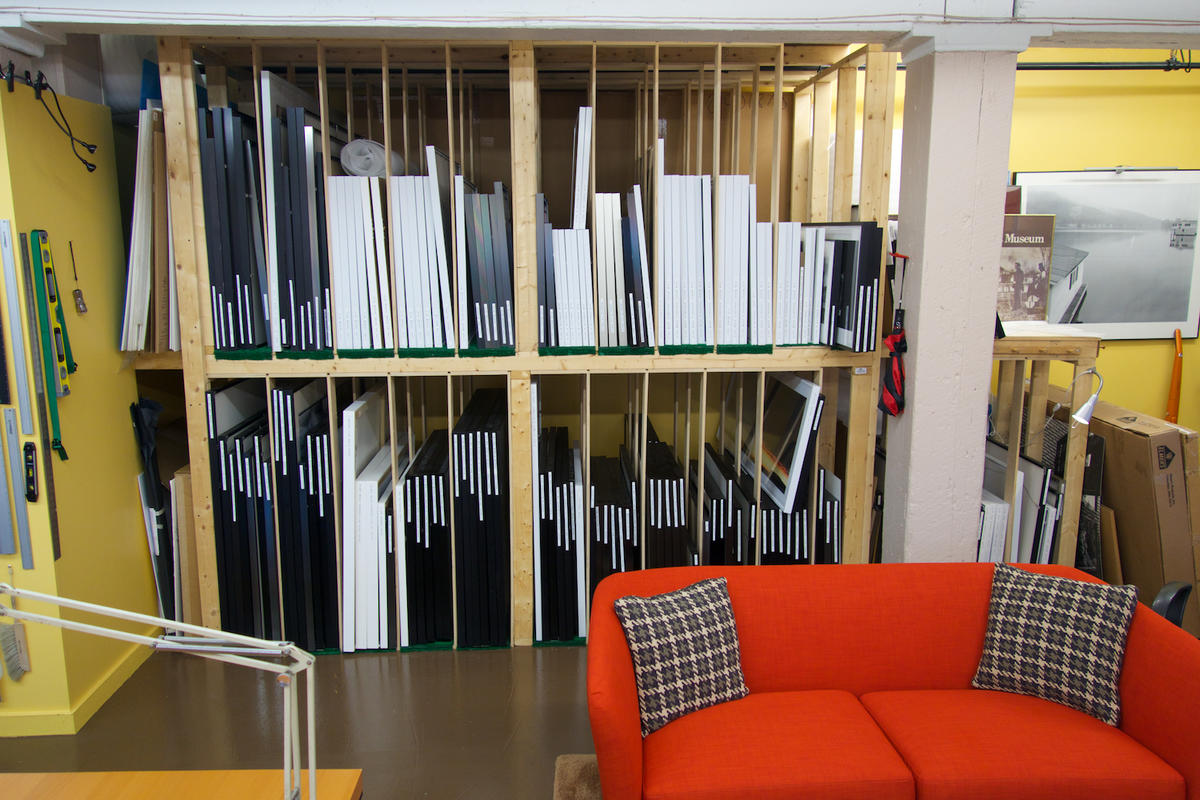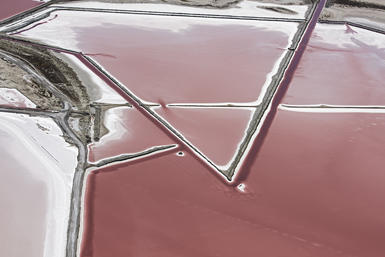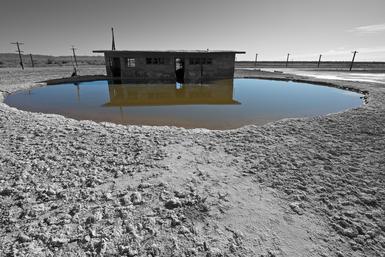This is Big
This is big. What I am about to write about needs prominent placement. Well, maybe not on a scale such as the election of our next president, the North Dakota pipeline debacle, numerous mass killings, earthquakes, forest fires, terrorist attacks, etc. But nevertheless big in the present day photo and art making world where imagery comes from some sort of digital capture. I have written about this topic before, hit it tangentially but never hit it straight on. If ever there was a time you should perk up and read a blog of mine right through, this is the time.
It doesn't matter what you call yourself; a photographic artist, a documentarian, a photo journalist, a commercial photographer, an amateur. Whatever your definition of how you use photography, you must make prints of your work. It is that simple.
Starting right off, I am going to go with the topic of death here and what goes on after you die. Forgive me for speaking of the collective "you" in such terms but yours and my death can happen any time and, after all, we all die.
Say you die. What happens to your work, be it a career's worth of photographs or pictures just made recently because you're new to photography. Well, if it is in printed form, stored well, searchable and accessible then there are great options for it. Your heirs can donate it, show it, publish it and so on.
But if your work sits as files on a computer, back up hard drives, raids for redundancy, in the cloud somewhere then nothing will come to light of your work. It's a bold and blanket statement but think about it. No one really is going to go in there and make prints of your work contained in folders and files. The only situation I can think of where there might be an exception is that you've worked with an assistant or a partner for years and he/she is tasked and funded to continue working to get your work printed, seen and recognized after you die. Otherwise, forget about it. My nightmare is this: the tower or significant desktop computer is unplugged, brought down to the basement or the back of a closet to sit there unloved and unused or worse, wiped clean by that computer geek nephew who likes the idea of using your super high end Mac or PC for his computer gaming. OMG! Can you imagine? Literally years of work gone, dragged to "trash" and emptied. Not pretty, right?
If you have made work you believe worthy of more than just sitting in a hard drive then it must be made as prints, made to the highest of standards you are capable of, sequenced, titled and annotated so that when it is looked at all questions are answered. In brief, work that is made as a portfolio that is publish-able, exhibit-able, donate-able, purchase-able.
Or, again, back to after you die. You had a significant reputation while you were alive. People followed your work, came to your shows, collected it, purchased it and valued it. Your photographs are housed in many museum permanent collections. It is in book form (good, btw).While many or more prints you made are gone or scattered all over, the really excellent work that is made but not printed yet, sitting on that h.d. #3 that you cranked up only rarely to retrieve those wonderful files of the major photo shoot that was an epiphany for you years ago on Baffin Island that summer where you made those incredible photographs that changed your perception of everything... whoosh, whisked away into thin air one weekday afternoon by some geeky 14 year old nephew who asked if he could use that computer that's gathering dust sitting on the floor in the basement to make more space for his "Grand Theft Auto V."
Listen, all the back ups and redundant storage of files, projects, RTP's (ready to print) are very important. But only while you are still working, still alive. You expect someone to go inside your computer to find that stuff and print or send it off somewhere? Not bloody likely. You want to saddle your partner with this task, perhaps a daughter or a son?
Don't. Make prints. Into portfolios, labelled, filed, sorted, dated and accessible, sitting on a shelf or in a flat file drawer. Turn the digital into analog and therefore making it relatively permanent, and certainly long lasting. Trust me. Make it so.


Prints have a great history as archives. Most prints are relatively stable and recognized as objects that last. Can you say that about your computer files sitting on a hard drive? Prints can be pulled off a shelf, looked at, reordered, edited, sent, exhibited, published, purchased and collected as valuable objects. RTP's (ready to print) files on your computer? While certainly valuable to you and thought of as the reference for images you've shown, received critical acclaim for and perhaps sold, not so much. And most likely, totally worthless after you are gone.
Lastly, what qualifies me to write all this, to take such a strong stand making the assertion that prints are what matters? My career as a photography professor and experience for one. But also because a colleague and I started and continued as members for the past two years a working group formed to deal with just this kind of issue, called Photographers Legacy Strategies (PLS). Comprised of highly qualified photographers, lawyers, archivists, museum directors and curators, PLS tackled this head on. The issue of the need for photographers to make prints of their work came up early in our discussions when we realized that this was the only way to preserve important work in our digital age. Please. If you've made good work, work you believe should out survive you, make prints of your files on high quality paper, using good inks and store those prints well.
Finally, finally. The above article pertains also to viewing work and is why I will not look at files on a laptop or iPad at a portfolio review. Too much electrons moving around on a screen and not enough to prove the work will be the same, In effect, too slippery. Not fixed. Could be " here today and gone tomorrow" or at least different tomorrow. Prints show some commitment as well as demonstrate your skill.
Disclaimer: I do not receive anything from printer, paper and ink manufacturers. I accept no advertising or sponsorship and I have no reason to. While I use these things, I receive no discounts and am not loyal to any one brand.
Thank you for reading my blog.



